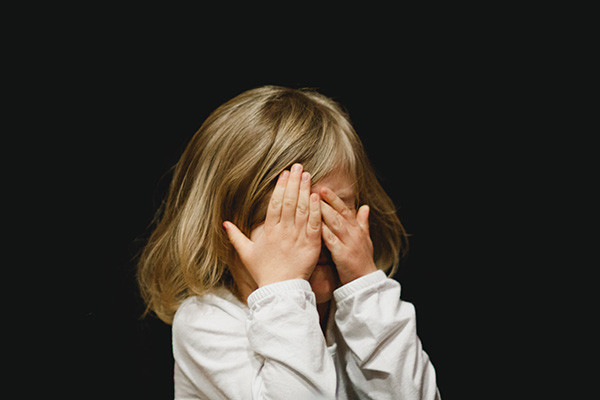
Image: Caleb Woods, Unsplash
The phrase “inner child” has been so trivialized by popular culture that we often use it without thinking about what we mean. I’ve heard people refer to their inner child with a disdain and flippancy bordering on abusiveness, disparaging one of their most precious inner resources. Each of us carries within all the memories of our childhood experience. Though we are conscious of only a few of them, they together form our personal internalization of being a child: all the joys, delights, hurts, frustrations, and fears. How we treat this part of ourselves can have a powerful impact on our well-being.
My formal introduction to my inner child took place during my training in psychosynthesis, in the mid-1980s. When probed about who within me was so fearful that she triggered panic attacks, I realized that it was myself, at about age three, very needy of reassurance, tenderness, and love. I was invited to come up with a ritual that would help this frightened aspect of myself feel more secure. For more than a year after that, I stood at my open bedroom window every evening before bed, gently holding my frightened inner child (I did this mentally, but it is also possible to use a stuffed animal or a pillow to symbolize your inner child), and, looking into the night sky, sang Twinkle, Twinkle Little Star. In this way, my inner nurturing parent reassured my frightened inner child. This self-nurturing practice contributed to my never having a panic attack again. Even as I write about this, I can hear a voice in my head, that of another aspect of myself―a very sophisticated, worldly, sarcastic young woman―who cackles with scorn at this ridiculous sentimentalism. She, too, is part of me. If I had listened only to her opinion, I would not have done this ritual and might still be suffering from anxiety.
The founder of psychosynthesis, Italian psychiatrist Roberto Assagioli, posited a model of the human self as consisting of many “subpersonalities” or aspects of the self. Using an orchestra analogy, each subpersonality can be thought of as an instrument. When they are playing together, there is harmony. When they are competing against each other, there is discord. Our consciousness is the conductor. When the conductor gets so engrossed with one instrument that s/he loses the overview, that’s when outside assistance in the form of a guide, coach or counselor can be of great help. Each of us has our own orchestra. The task of re-establishing harmony is not about getting rid of certain instruments or adding others. We are all whole, just as we are. When we feel unhappy or unstable, we are not broken, but have lost our inner harmony.
We seem to have a natural tendency to want to get rid of aspects of ourselves that are interfering with our well-being, similar to the way in which we may avoid someone we find difficult. There were moments when I wanted my frightened inner child to disappear. But my experience with my work on myself and with clients confirms Assagioli’s assertion that if we reject a subpersonality that is playing too loudly or off-key, the problem will only grow. Just like a child who is acting up, a part of ourselves clamoring for attention, however inappropriately, needs attention and not rejection. We can assume that the more disruptive the behavior or symptom is, the more desperate the need.
Our default style of inner child parenting often resembles the least appropriate treatment we experienced as children and serves to perpetuate the hurts. Perhaps you can remember a time when your inner child seemed to take over your behavior and you responded with inner scolding along the lines of “For crying out loud, can’t you grow up?” or “Get out of here―you’re in my way!” This kind of abuse does not lead to greater harmony. What we need to do is connect with our most resourceful, loving and accepting inner parent and give the needy inner child the loving attention she needs.
Doing so will help to liberate the joyful and playful energy of the inner child. This is exactly the energy that bubbles out of us in peals of laughter at a funny joke, squeals of delight upon opening a present and sighs of pleasure at just lying on the grass and gazing up at the sky. This is the energy of life, of being in the moment. Parenthood gives us a window on this vitality that we may have lost touch with but sadly parents are sometimes too stressed to indulge themselves in joining in the joy. Whether or not you are a parent, I encourage you to open yourself to this energy and give your inner child more time and space in your life.
If you’d like to subscribe to my blog, please send me a message.